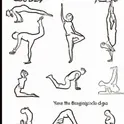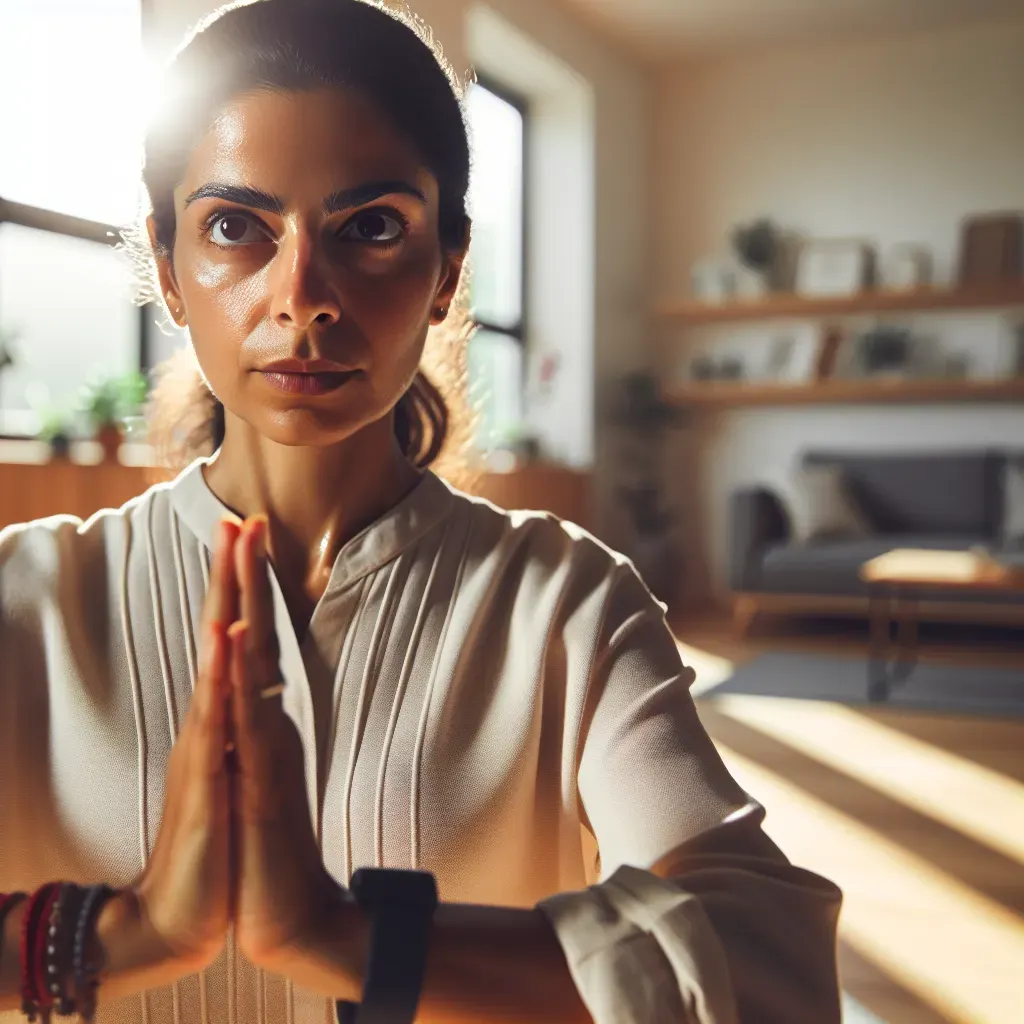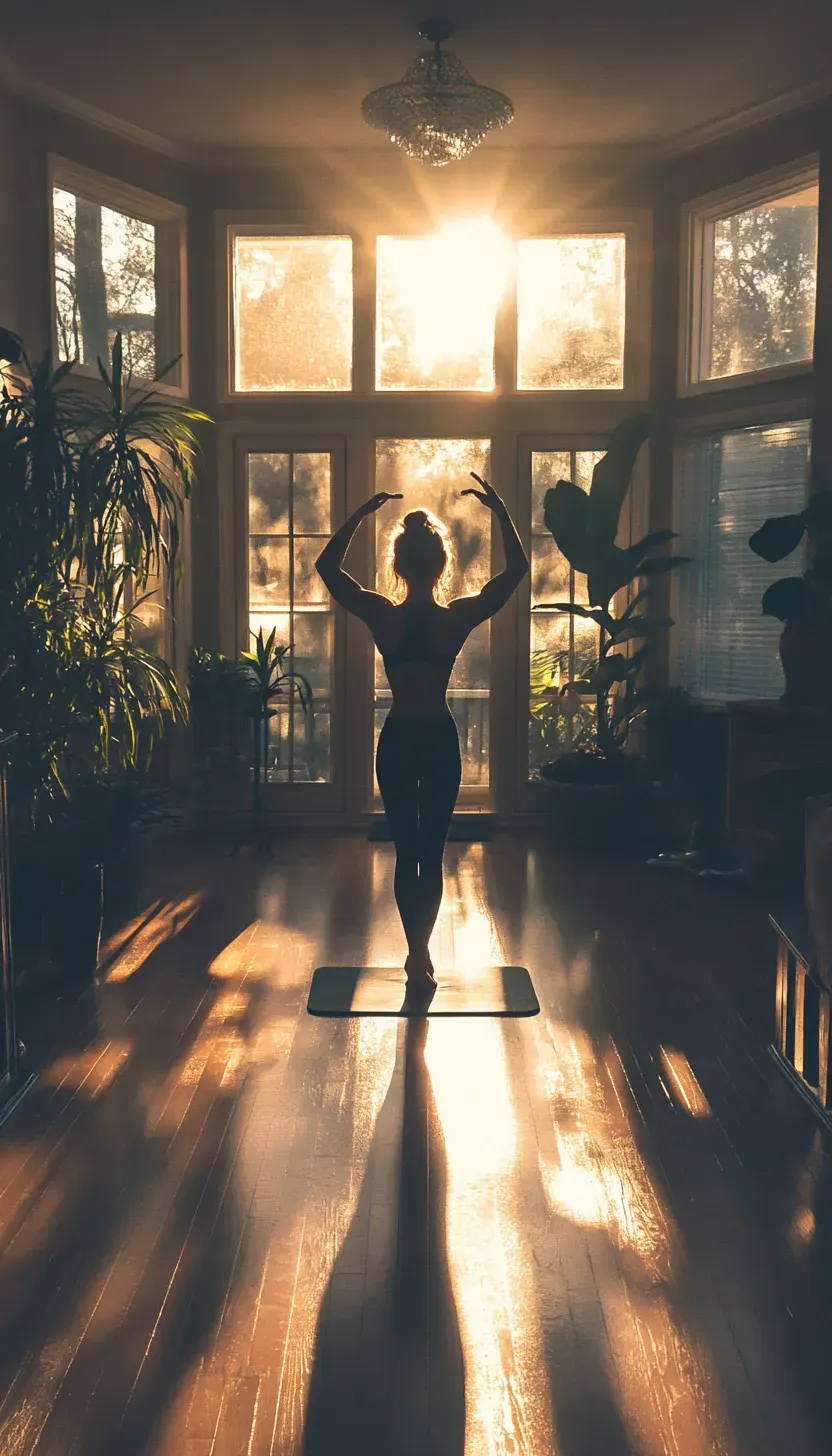How to Practice Yoga Everyday: A Simple Guide
Table of Contents
- Introduction
- Benefits of Practicing Yoga Everyday
- Creating a Daily Yoga Routine
- Set a Specific Time
- Designate a Space
- Start with Short Sessions
- Use Online Resources
- Incorporate Breathing Exercises
- Types of Yoga to Explore
- Tips for Staying Motivated
- Overcoming Common Challenges
- Conclusion
Yoga is an ancient practice that combines physical postures, breath control, and meditation for overall well-being.
If you're wondering how to practice yoga every day, you're not alone! Many people seek to incorporate yoga into their daily routine for its numerous benefits, including improved flexibility, strength, and mental clarity.
This article will guide you through practical steps to make yoga a part of your everyday life.
Benefits of Practicing Yoga Everyday
Before diving into the "how," it's important to understand the benefits of practicing yoga every day:
Increased Flexibility: Regular practice helps improve your range of motion.
Enhanced Strength: Many yoga poses to build strength, particularly in the core and legs.
Better Posture: Yoga encourages body awareness and alignment, improving your posture.
Stress Relief: Yoga promotes relaxation and reduces stress levels.
Mental Clarity: Meditation and focused breathing improve concentration and mental clarity.
Creating a Daily Yoga Routine
To successfully practice yoga every day, consider the following steps:
1. Set a Specific Time
Choose a time of day that works best for you. Whether it’s early morning, lunchtime, or evening, consistency is key. Setting a specific time helps your body and mind anticipate the practice.
2. Designate a Space
Create a calming environment for your yoga practice. It can be a corner of your living room, a quiet backyard, or anywhere you feel comfortable.
Ensure the space is clean, free from distractions, and has enough room for your movements.
3. Start with Short Sessions
If you’re new to yoga, start with shorter sessions, around 10-15 minutes. As you become more comfortable, gradually increase the duration. This makes it easier to stick with your practice.
4. Use Online Resources
Some numerous online platforms and apps offer guided yoga classes. Use these resources to learn new poses and techniques. Some popular platforms include:
- Yoga with Adriene
- Gaia
- Down Dog
- Asana Rebel
5. Incorporate Breathing Exercises
Breath is an integral part of yoga. Incorporate breathing exercises (Pranayama) into your practice to enhance relaxation and focus. Simple techniques like deep belly breathing are great for beginners.
Types of Yoga to Explore
There are various styles of yoga. Here are some popular types you can try:
Hatha Yoga: A gentle introduction to basic yoga postures.
Vinyasa Yoga: A dynamic style that links breath with movement.
Restorative Yoga: A calming practice that uses props to support the body.
Ashtanga Yoga: A rigorous style that follows a specific sequence of poses.
Tips for Staying Motivated
Staying committed to your daily yoga practice can be challenging. Here are some tips to keep you motivated:
1. Set Realistic Goals
Set achievable goals for your yoga practice. Whether it’s mastering a specific pose or improving your flexibility, having goals will keep you focused.
2. Join a Community
Connect with others who practice yoga. Join local classes or online forums. Sharing experiences and tips can inspire you to stay committed.
3. Track Your Progress
Keep a yoga journal to document your practice. Write down what poses you did, how you felt, and any improvements you noticed. Tracking your progress can boost motivation.
4. Be Kind to Yourself
Remember that yoga is a personal journey. Some days may be more challenging than others, and that's perfectly normal. Be patient and compassionate with yourself.
Overcoming Common Challenges
Many people face challenges when trying to practice yoga every day. Here are some common obstacles and how to overcome them:
1. Time Constraints
If you feel you don’t have enough time, try shorter sessions. Even 10 minutes of yoga can be beneficial. Remember, consistency matters more than duration.
2. Lack of Motivation
On days when you lack motivation, remind yourself of the benefits of yoga. Consider practicing with a friend or participating in an online class to reignite your enthusiasm.
3. Physical Discomfort
If you experience pain while practicing, listen to your body. Modify poses or choose gentler styles like Yin or Restorative yoga.
Conclusion
Incorporating yoga into your daily routine is a rewarding journey with numerous physical and mental benefits.
By setting a specific time, creating a dedicated space, and gradually building your practice, you can learn how to practice yoga every day effectively.
Remember to stay motivated, be patient, and enjoy the process. Namaste.
People Also Asked
1. How do I start a daily yoga practice?
Begin with short, simple sessions (10-15 minutes), create a dedicated space, and practice at the same time each day to build consistency.
2. What is the best time to do yoga daily?
Mornings are ideal for energizing yoga, while evenings work well for relaxation and stress relief. Choose a time that fits your lifestyle.
3. Can I do yoga every day as a beginner?
Yes! Start with gentle styles like Hatha or Restorative yoga and gradually increase intensity as your body adapts.
4. How long should I practice yoga daily?
A 20-30 minute session is effective for most people, but even 10 minutes can bring benefits if done consistently.
5. What are the benefits of doing yoga every day?
Daily yoga improves flexibility, strengthens muscles, enhances mental clarity, reduces stress, and boosts overall well-being.
6. Do I need special equipment for yoga?
No, but a yoga mat, comfortable clothing, and optional props like blocks or straps can enhance your practice.
7. How do I stay motivated to do yoga daily?
Set goals, track progress, join a community, and explore different styles to keep your routine engaging.
8. Can yoga help with stress and anxiety?
Yes, yoga reduces cortisol levels, promotes relaxation, and helps manage stress through breathwork and mindfulness.
9. What type of yoga is best for beginners?
Hatha and Vinyasa yoga are great for beginners as they focus on basic postures and breath awareness.
10. Is it okay to skip a day of yoga?
Yes! Listen to your body. If you're tired or sore, opt for a gentle practice or a rest day.





